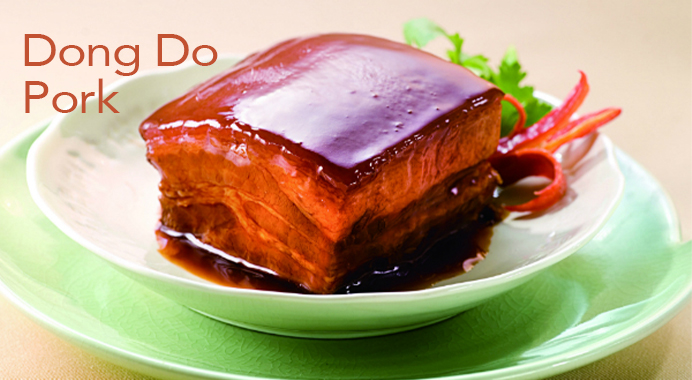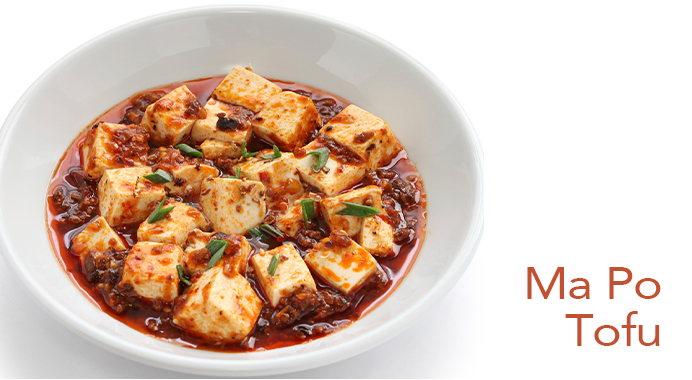Authentic Asian Sauces
Stories of Chinese Cuisine - Chinese Food Culture : How much do you know?
Stories of Chinese Cuisine
Chinese Food Culture : How much do you know?

KNOWN AROUND THE WORLD AS EXCITING, VERSATILE AND VARIED, CHINESE FOOD IS SO MUCH MORE THAN JUST FRESH INGREDIENTS! IT’S A CULTURE DEEPLY IMBEDDED IN FOOD, FUN, LOVE, VIBRANT FLAVOUR AND TRADITION. HOW MUCH DO YOU KNOW ABOUT IT?
READ ON AND YOU’LL DISCOVER THE IMPORTANCE OF THE SIX ELEMENTS OF FLAVOUR, SERVING ORDER AND CHOPSTICK ETIQUITTE.
![]()
FLAVOUR – It’s all about balance
Chinese food is known for its extraordinary flavour and that’s all thanks to these cornerstone six elements – salty, spicy, sour, sweet, bitter and umami. In balance these six elements allow the natural flavour of ingredients to be fully accentuated and really bring flavour to a dish. When they’re out of balance, you’ll know! Don’t worry, you can always rebalance.Examples of these six elements are:
Salty - soy sauce, oyster sauce or salt
Spicy - chilli sauce or pepper
Sour - sweet & sour sauce, vinegar, Shaoxing wine or citrus
Sweet - honey & soy sauce, fruit, sugar or honey
Bitter - bitter melon, ginger or citrus rind
Umami - soy sauce, oyster sauce, seafood or seaweeds which generate flavor-elevating effect
![]()
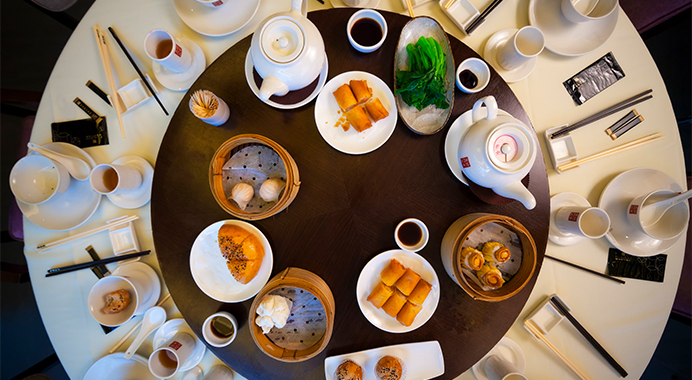
Besides the obvious chopsticks vs knives and forks, how else does Chinese dining differ from Western dining? We’ve listed 7 of the top differences below.
1. Communcal dishes all the way. Share dishes at every meal is common and a great way to encourage conversation.
2. Seasoning: Rather than ketchup, Chinese seasoning comes in our incredible range of sauces including, soy sauce and hoisin and these are served at the table along with vinegar and chilli oil
3. Round tables and a lazy Suzy are more common in Chinese dining than the square ones we often find in Western style eating. Roundness symbolizes unity.
4. Not a salad in site. Well, this one isn’t a hard and fast rule, but usually vegetables of all kinds are cooked rather than raw.
5. Spices and more spices! Not all of them are hot, but fresh or dried, they all have their purpose for flavour.
6. Dessert is usually simple fresh fruit. Delicious and healthy.
7. Everything is bite size! This way you don’t need to use a knife and fork to chop things before popping them in your mouth with your chopsticks.
TRY THESE TASTY CHINESE RECIPES:
ETIQUITTE – Not to be fancy, just the what’s what on being polite
Let’s start with chopsticks:
1. Don’t stick them vertically into your food, this has an association with funerals, where incense is stuck into alter rice.
2. Keep cool and don’t go waving them around too much. Same with knives and forks really.
3. Skewering your food with chopsticks isn’t the way to go, just use them to pick things up.
4. Keep the knives in the kitchen for chopping. Traditionally, knives are seen as violent in China and breakers of harmony, so they’re left off the dining table.
Practice! Chopsticks are a great way to eat and a fun alternative if you’re used to using knives and forks. And like anything, the only way to get better is to practice.
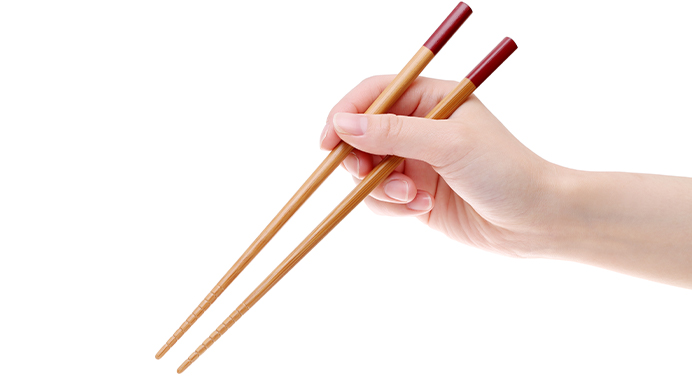
Seating & serving:
Introduce yourself when you arrive at someone’s table! This is a great way to get to know each other if you don’t already. And if there are senior members, or guests of honour, allow them to take a seat first. Make sure they are also served first and that they take the initiative for when it’s time to start eating. What a lovely polite way to have a meal!
Your bowl:

Once you’ve served yourself (or been served) from the communal plates and your food is in your bowl, you’re allowed to pick it up. In fact, it’s encouraged! Thumb and fingers form a C shape around the bowl, leaving your palm free from the bowl, take your chopsticks and eat those delicious vibrant dishes in front of you. Picking up the bowl also means you’re les likely to drop things from your chopsticks on the way to your mouth ;)
Tea means thank you:
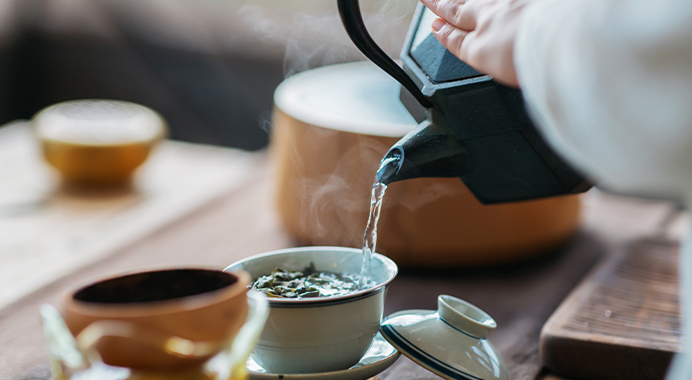
Tea is a great Chinese tradition and it is served at the beginning of a meal as and throughout and there is a general feeling of gratitude in the serving of tea.
Why not use these lists and some of our mouthwatering recipes, a touch of fun and imagination and create a great dining experience at home? Enjoy your newfound love of Chinese Food Culture!
 Corporate Site
Corporate Site 